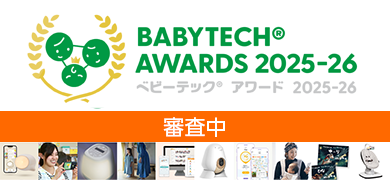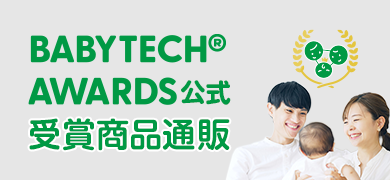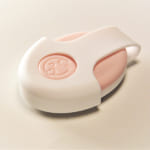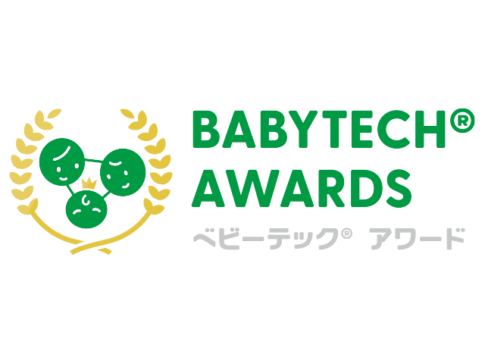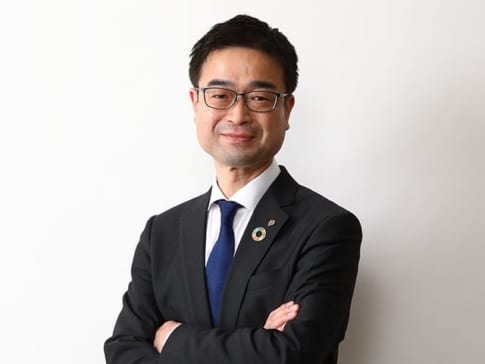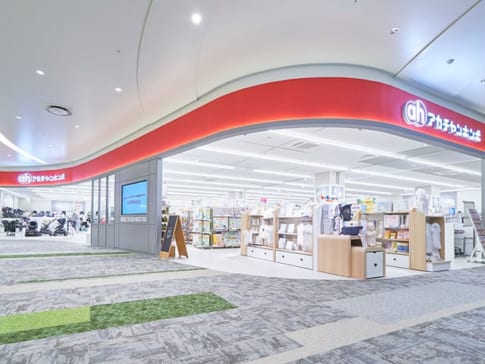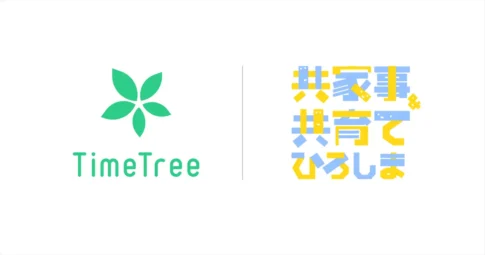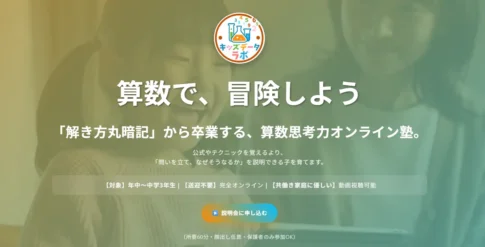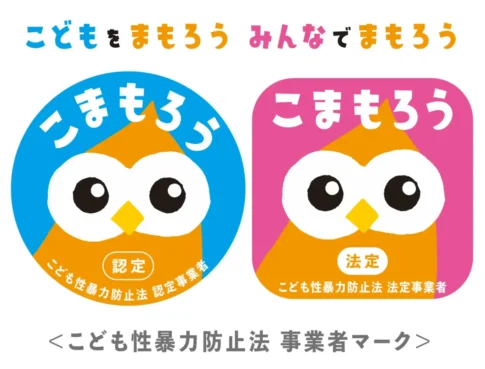- Service to watch over children using a combination of "GPS terminals" and "smartphone apps
- UI that conveys necessary information in an easy-to-understand manner and battery life with improved usability
- More advanced monitoring services using AI are also expected in the future.
When children enter elementary school, it is inevitable that they will have to go to and from school alone. Unlike daycare centers, it is difficult for parents to accompany their children to and from school. Many families may also send their children to cram school or other classes by themselves. BabyTech.jp editorial staff interviewed Mr. Kimizuka and Mr. Yamagishi (hereinafter honorifics omitted) of NTT Resonant Corporation, the company that provides this service, remotely to learn more about the service and how it was developed. We asked them about the overview of the service, the background of its development, and its future development.
(We spoke to...)
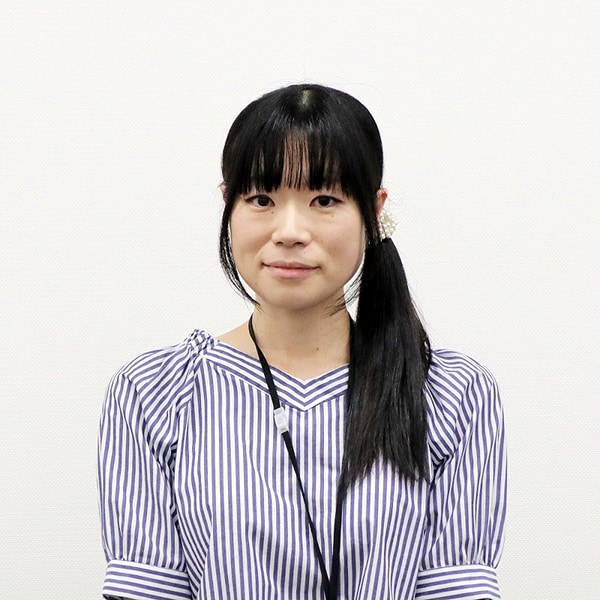
NTT Resonant Inc. Personal Service Division CA Department
Yuri Kimizuka

NTT Resonant Inc. Personal Service Division CA Department
Mr. Takamichi Yamagishi, Chief
Watching over children with "customizable dedicated maps
Editorial:Let me begin by asking for an overview of "Imakoko" and its features.
Kimizuka:Imakoko" is a "watch over" service that uses GPS terminals and smartphones. Children have a GPS device, and their guardians use a dedicated smartphone application to keep track of their children's whereabouts and activities. The price of the GPS device is 8,800 yen (excluding tax) and the monthly fee for the service is 580 yen (excluding tax).
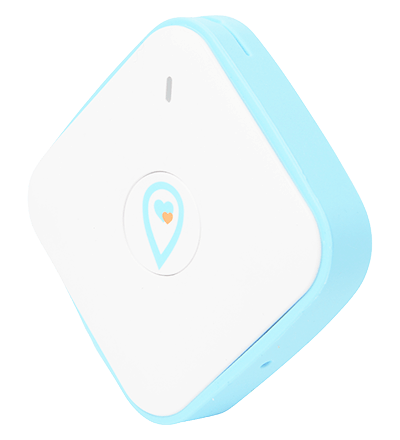
GPS terminal for "here and now". 5 cm in length and width, 1.5 cm in thickness, 39 g in weight.
Kimizuka:This service not only displays the child's current location on the application's map, but also has the ability to designate a specific location, such as "school" or "cram school," on the map and have the smartphone notify the user when the child enters or leaves that area. This allows you to know when your child has safely arrived at his or her destination and when he or she has started to return home. In addition, the route traveled by the child can be recorded.
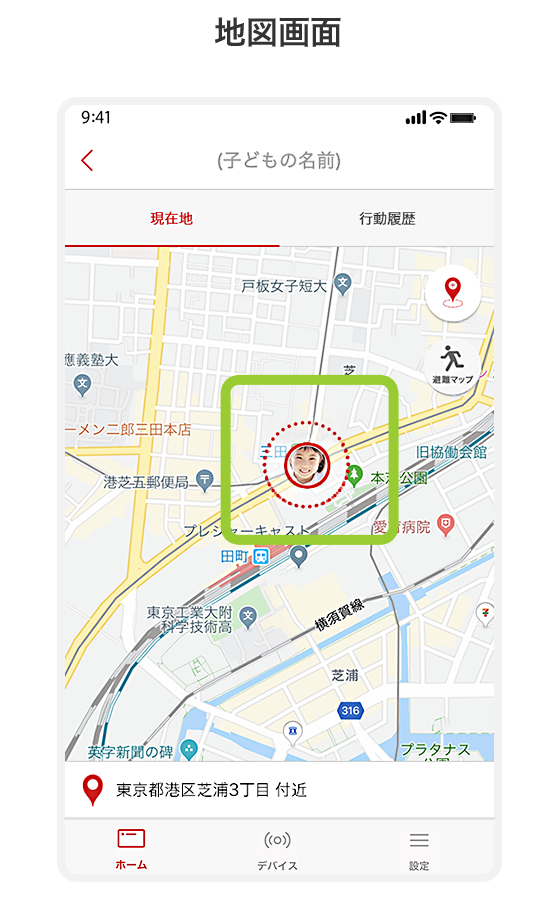
The child's current location is displayed on the map of the dedicated "Imakoko" application.
Editorial:So parents can know when their children have arrived at school or cram school without having to look at the map on their smartphone all the time.
Kimizuka:In addition, the application can set "dangerous areas" on the map of "areas with many traffic accidents" or "areas with information on suspicious persons," and parents will be notified when their children enter or leave such areas. If the child does not move out of the danger area, the parents can respond by rushing to the area or calling the cell phone that the child has with him or her. In addition, by pressing the "Now Here Button" in the center of the GPS device, a notification can be immediately sent to the parent's smartphone. This will be a function for the child to call for help.
Editorial:Local "accident occurrence information" and "suspicious person information" are notified by schools and local governments, so it would be good to use such information.
Kimizuka:In addition, "Imakoko" is linked to our comprehensive disaster prevention application "goo Disaster Prevention App" and can display the location of "evacuation sites in case of disaster," "hospitals," "fire stations," "municipal facilities," etc. in that area. We believe that this can be used by parents to guide their children to evacuate in the event of a disaster.
A system that pursues user-friendly "simplicity" & "user-friendliness
Kimizuka:The remaining battery level of the GPS device can be checked through a dedicated app on your smartphone and a notification will be sent to you at the 20% and 10% remaining stages. This feature is designed to prevent the GPS device battery from running out due to an inadvertent mistake. The battery lasts for 5 to 7 days when set to measure GPS location every 90 seconds to 3 minutes, and 10 to 14 days when set to measure location every 3 to 5 minutes.
Yamagishi:We were very particular about the duration of this battery. It would be very difficult for a working family to recharge the battery every time it needed to be recharged in the middle of a busy week. Therefore, we made various efforts during the development phase to ensure that the battery would last for five days from Monday to Friday, even if position measurements were taken at the shortest possible interval (90 seconds).
Kimizuka:GPS terminals are characterized by "light weight" and "water resistance. Since children carry these devices hanging from their school bags or bags for their lessons, it is difficult for them to carry them if they are heavy, and it is also expected that they will get wet in the rain. The silicon cover is standard equipment to prevent damage in the event of a fall.
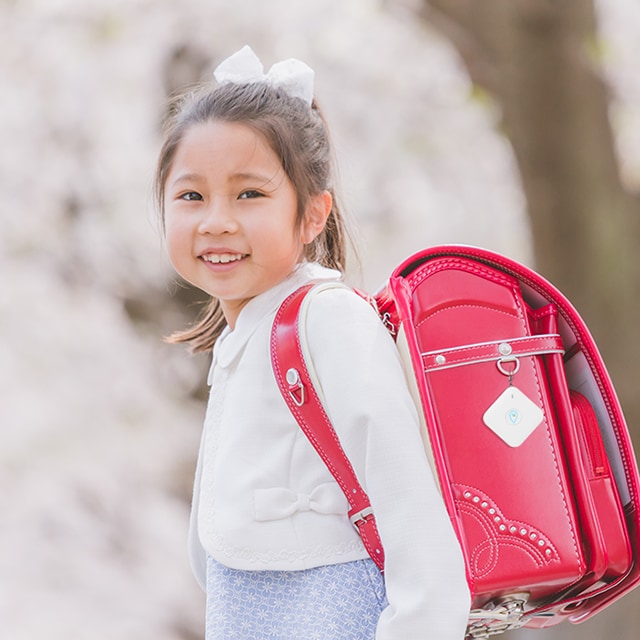
Imakoko" is used by attaching it to school bags, etc.
Editorial:Other companies offer various GPS-based watch-keeping services, but what are the major differences between them?
Kimizuka:The first difference between the "Imakoko" and the products we are comparing is the "function to contact the smartphone from the GPS device side". The "Imakoko" has a function called the "Imakoko Button" that sends a notification from the child to the guardian, but the other product we are comparing does not have such a function. Another feature is the linkage with disaster prevention information. The "Imakoko" displays disaster prevention information linked to the "goo Disaster Prevention App" on the map of the dedicated application, which we believe is a major point of differentiation from other products.
Yamagishi:Another feature of our service is "simplicity and ease of use with necessary information made easy to understand. Other companies' products can display a variety of information on a map, record activity history, and send various notifications, but they are either very complicated to set up before use or contain too much information, making them difficult to read and use. On the other hand, Imakoko simplifies the linkage between the GPS device and smartphone, and focuses on the information that is truly necessary for the guardian, such as the child's location and activity history, making it easy to set up and use and simple to read. In addition, we have set a reasonable price compared to other companies' products in terms of usage fees.
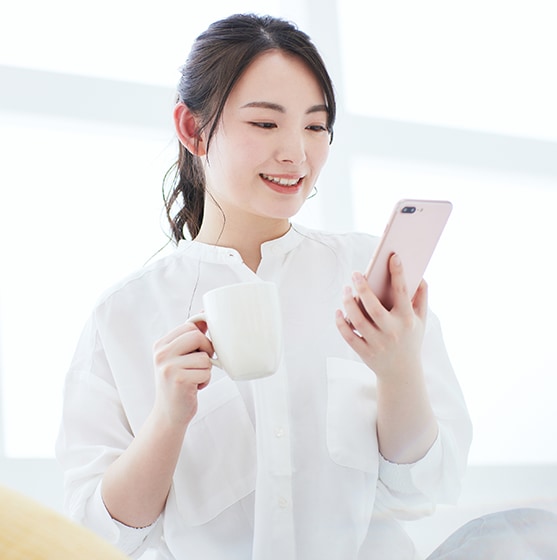
Imakoko" supports parents who watch over their children.
A "GPS device" that met the needs of ...... who are afraid to give them a smartphone.
Editorial:Please tell us how "Imakoko" was developed.
Kimizuka: First of all, our research revealed that there is a growing need for services to watch over children due to the social background of the increasing number of "working families" and "children learning to take lessons," and this directly led us to start considering what kind of services we could provide. As a result, we came to the conclusion that the best solution would be a "GPS terminal" with the minimum necessary functions, since giving elementary school children smartphones would increase the risk of them being involved in online crimes.
Editorial:Did you encounter any difficulties in the development process?
Kimizuka: It was quite difficult to achieve GPS location measurement at least once every 90 seconds and not require recharging for 5 to 7 days. However, we wanted to make it possible for parents with busy working families to use the device throughout the weekdays by recharging it on weekends when they have more free time, and we managed to achieve this despite various difficulties.
Yamagishi:This once-every-90-seconds minimum positioning was requested by parents during the testing phase, and although it would have been easy to have the battery last for more than 7 days on a single charge if it were to measure position once every 3 minutes, this frequency would have made it impossible to determine children's exact location (i.e., 3 minutes is quite enough time to move around). However, this frequency of location measurement would not allow us to accurately locate the children (i.e., they would be able to move around quite a bit in 3 minutes), so we decided to make it possible to measure their position once every 90 seconds minimum.
Editorial:Is there anything else you can do regarding battery life?
Yamagishi:One example would be to use an accelerometer to put the GPS device to sleep if the child is not moving.
Imakoko" overcomes the shortcomings of conventional "watch-over services using GPS terminals
Editorial:What are some of the comments you have received from users of "Imakoko"?
Kimizuka:First of all, they appreciate "the ability to set dangerous areas. This is probably because parents are very concerned about their children entering dangerous areas. Next, the "Here and Now Button" was also highly rated. The parents said that it is reassuring to have a way for the children to inform their guardians when something is wrong, in addition to simply knowing their location with the GPS device. The real-time display of the child's location when the app is launched was also highly evaluated. This seems to be because some other companies' products display the child's location as of the last time the app was launched (i.e., the previous night). Imakoko" displays the current location of the GPS device on the map at the time the app is launched.
Editorial:By the way, how many monitors did you have during the testing phase before the June release?
Yamagishi:Hundreds of people cooperated.
Using AI for more advanced monitoring services
Editorial:Finally, please let me ask about the future development of "Imakoko".
Kimizuka: First, we are considering "incorporating interactive functions". Specifically, we are aiming for a system that enables communication between parents and children through "voice messages" and "chatting. The second is the use of "AI. We are planning to use our AI expertise to detect danger approaching children in advance.
Editorial:Can you tell us more about the use of AI?
Yamagishi:For example, we are considering starting our study from the point of detecting movements that differ from past data, such as automatically sending a notification when a child leaves the area of travel that he/she usually uses, or stopping longer than usual in a certain area. The idea is to use AI to issue "one-step alerts," so to speak.
After the interview
With the various dangers surrounding children these days, I believe that spreading the use of this kind of watch-over service and at the same time raising public awareness of the service will help to deter accidents and crime. I myself wanted to make sure that my child would have one when he or she goes up to elementary school. I can expect to see more advanced functions by then.
goo of things here and now" introduction homepage
https://product.goo.ne.jp/got/imakoko/

